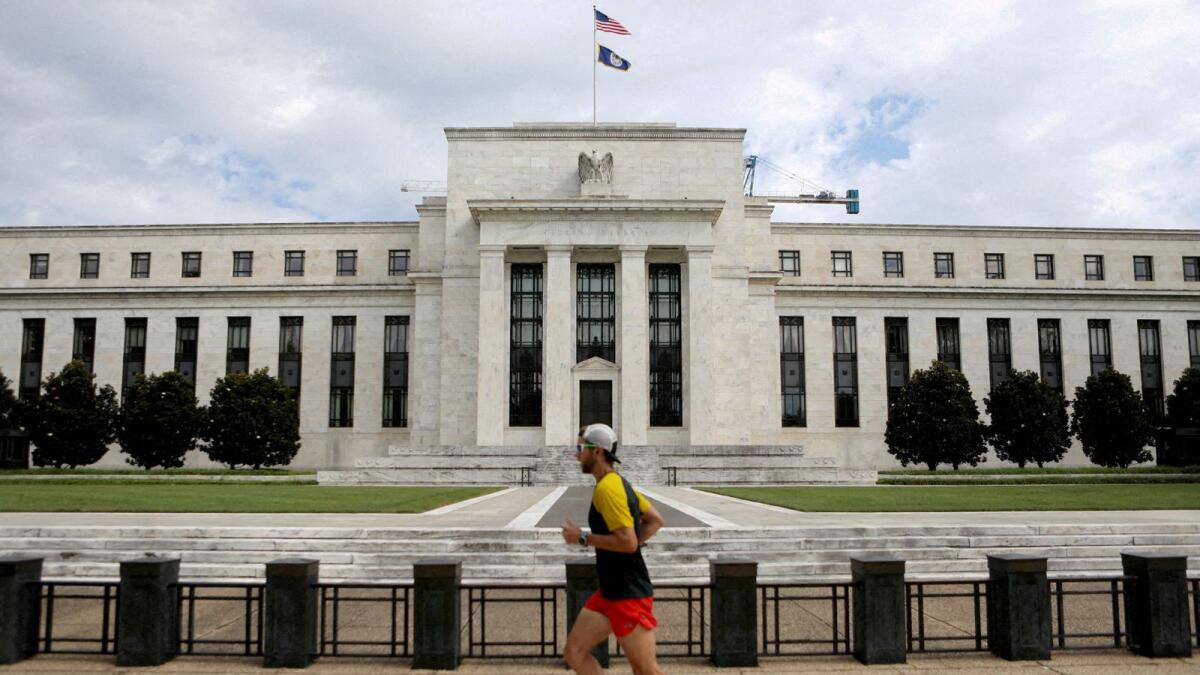The Federal Reserve is currently poised to cut interest rates at their upcoming meeting after having shifted their stance in recent months. Initially, most central bankers did not foresee a rate cut, but a change in data and concerns prompted a reassessment of the economic outlook. Various factors such as inflation, labor market weakness, and financial conditions played a role in this decision-making process. The Fed Chair, Jerome Powell, played a pivotal role in bringing together different perspectives to reach a consensus on the need for rate cuts.
The majority of Fed policymakers are now in favor of a rate cut at the upcoming meeting, with the size of the cut dependent on incoming data. The Fed acknowledges that inflation has been cooling and is now below the 2% target, indicating a shift in price pressures. Some policymakers, like Boston Fed President Susan Collins, believe in a gradual approach to rate cuts given the current economic conditions. Other colleagues, such as Philadelphia Fed President Patrick Harker, also support a methodical pace for rate cuts.
While some Fed policymakers are confident in the easing inflation trajectory, others like San Francisco Fed President Mary Daly emphasize the importance of monitoring the labor market. Daly is particularly concerned about the slowdown in hiring and warns against letting the labor market deteriorate. Data showing a decrease in job openings per job seeker is raising concerns about potential unemployment jumps. Fed Governor Adriana Kugler and other policymakers are also closely monitoring the labor market to gauge the need for further action.
Atlanta Fed President Raphael Bostic has shifted his stance on rate cuts due to faster-than-expected decreases in inflation and feedback from business contacts. Bostic now advocates for earlier rate cuts to protect the job market from potential damage. The changing consumer sentiment and declining confidence in job prospects are also influencing policymakers’ decisions. Chicago Fed President Austan Goolsbee points to a drop in the Fed’s targeted inflation measure as a reason to cut rates, especially as borrowing costs continue to rise in real terms.
In conclusion, the Federal Reserve is gearing up for a potential rate cut in response to evolving economic data and concerns about inflation and the labor market. Fed policymakers are closely monitoring various indicators to determine the appropriate pace and size of rate cuts. While some members view easing inflation positively, they remain vigilant about potential risks in the labor market. The feedback from business contacts and consumer confidence surveys are further shaping policymakers’ views on the necessity of rate cuts to support the economy. As the Fed prepares for its upcoming meeting, the focus remains on balancing the need for stimulus with the goal of maintaining economic stability.









